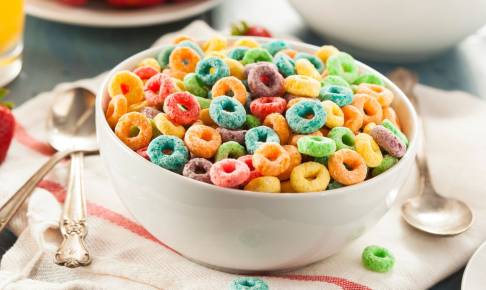44-year-old EU rules on FCMs under re-evaluation (Part 1)
The European Green Deal, Chemicals Strategy for Sustainability, and Farm to Fork Strategy set the stage
The European Union’s October 2020 Chemicals Strategy for Sustainability (CSS) paves the path towards a toxin-free environment. This is also one of the goals of the European Green Deal growth strategy to tackle pollution and climate change as the EU attempts to become a sustainable climate neutral and circular economy by 2050. As with the CSS, the European Commission’s May 2020 Farm to Fork (F2F) Strategy is part of the Green Deal goal of establishing and maintaining a fair, healthy, and environmentally friendly food system. Food contact materials and articles (FCMs) are specifically mentioned in both strategies. The CSS focuses on protecting public health by ensuring consumer products, including FCMs, do not contain the most harmful chemicals. With the F2F Strategy, the European Commission (EC) is committed to improving food safety and public health by revising the current FCM legislation. The main goals are:
1) reducing the use of hazardous chemicals;
2) supporting innovative and sustainable packaging solutions through the use of environmentally friendly, re-usable, and recyclable materials; and
3) contributing to food waste reduction. For example, single-use food packaging and cutlery should be replaced by re-usable products.
This article provides an overview of the primary changes the CSS and F2F strategies may bring to the upcoming EU FCM regulations. It is split to two parts. Part 1 presents and discusses the current EU FCM regulatory framework while Part 2 discusses anticipated changes to the legislation. References for future reading are listed in Part 2.
What are food contact materials and articles (FCMs)?
Food contact materials (FCMs) are any materials which
i) are already in contact with food, such as milk cartons, yoghurt tubs, lemonade bottles, chocolate wrapping papers, and sausage casings;
ii) are intended to be brought into contact with food, such as tableware, cooking utensils, and food processing equipment; or
iii) can reasonably be brought into contact with food or transfer their constituents to the food under normal or foreseeable use, such as serviettes, paper napkins, or tablecloths.
FCMs must be safe – both EU and national regulations apply
Because elements of FCMs can migrate into food, current regulations state that FCMs should be sufficiently inert to prevent their chemical constituents from adversely affecting consumer health or food quality. In the EU, the European Food Safety Authority (EFSA) evaluates FCM safety based on applications submitted by FCM producers. Following a favourable EFSA assessment, the EC authorises the use of the FCM. Only authorised FCMs are allowed in the EU. However, in practise, this concerns primarily plastics as the EFSA does not normally evaluate non-plastic-based FCMs. Non-plastic-based FCMs do not undergo an EU authorisation process, instead national statutory rules and procedures apply.
Non-plastic-based FCMs do not undergo an EU authorisation process...Currently, the EU-wide harmoni
Download content now





















